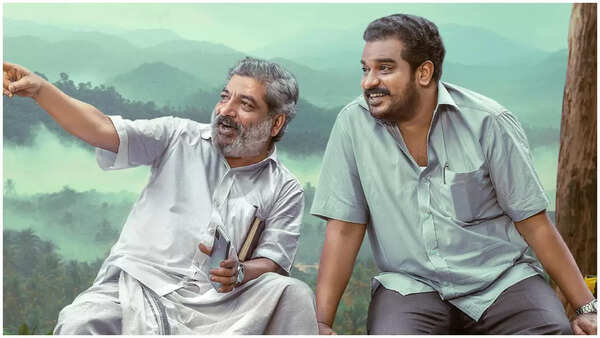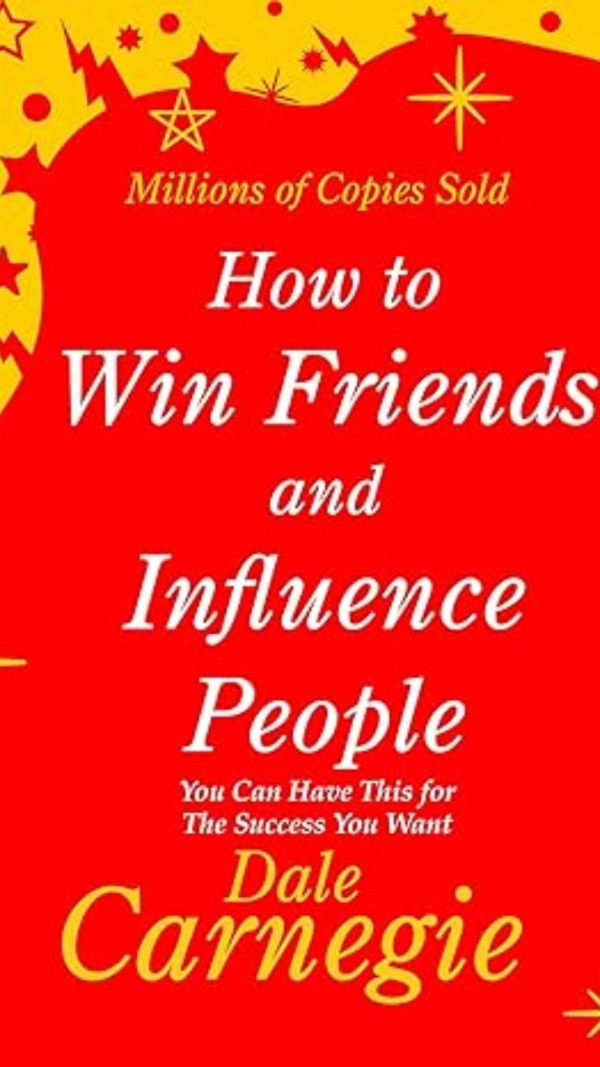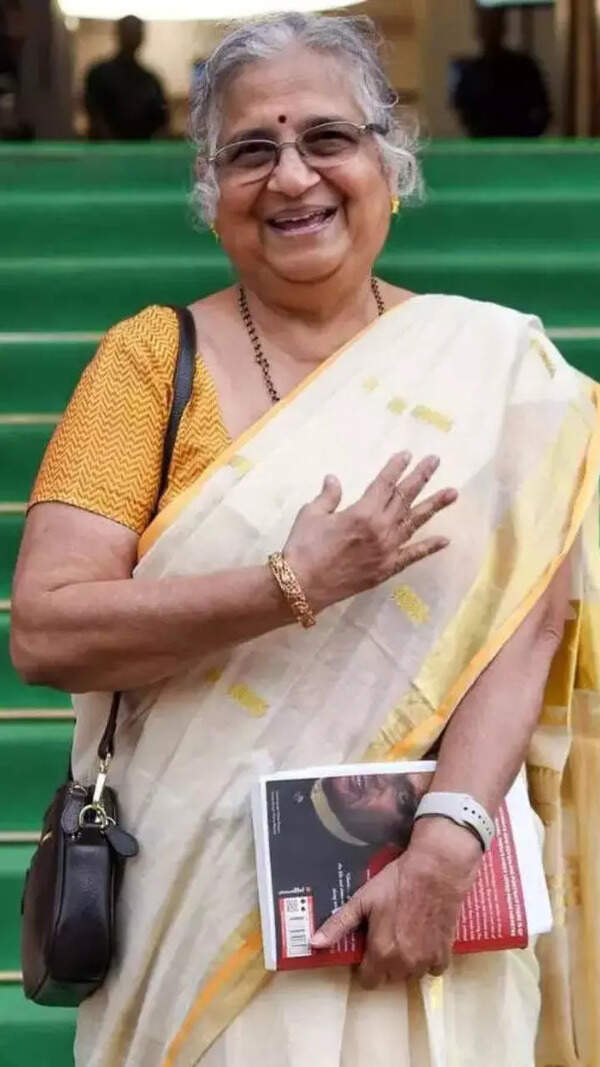- News
- City News
- chennai News
- Vandumama: The trailblazer of Tamil children's literature
Trending
Vandumama: The trailblazer of Tamil children's literature
After completing his education in Trichy, a young Krishnamurthy moved to Chennai to try his luck as a lettering artist. He found a job in the weekly Ananda Vikatan, but he was struck by homesickness and financial strains and returned to Trichy.
However, the return proved to be a turning point. It was in Trichy that Krishnamurthy was invited by one of his friends, M R S Mani, who was running a printing press, to join him in launching a magazine. Krishnamurthy, who was working in the magazine Sivaji run by popular poet and orator Triloka Seetharaman, left it to launch Vaanavil, a fortnightly magazine for children with Mani. He chose the pseudonym ‘Vandumama' (cheerful uncle in Tamil), and that is how he still continues to be known, nearly 80 years later.
At a time when children's literature meant mythological and fantasy stories, Vandumama wrote logical stories touching upon medicine, science, and history with a touch of magic realism, besides detective stories, all of which had school children as heroes. People from various walks of life — media, film, art, publishing — came together recently to celebrate his birth centenary, which falls on April 21.
Born to Venkataraman and Gandhimathi in Arimalam, a village near Trichy, Krishnamurthy wanted to become an artist like Raja Ravi Varma as a child. However, his family couldn't afford his studies after Class X. But that didn't stop him from becoming a writer. Krishnamurthy started writing for adults under the pen name Kausikan, and one of his short stories was published in the popular magazine Kalaimagal, which gave him the confidence to edit a handwritten magazine Bharati, which fetched the first prize in a conference in Chennai.
After Vaanavil's debacle, Vandumama returned to Sivaji and started a supplement for children called Sivaji Siruvar Malar. Even that was discontinued due to economic constraints. He then worked in various magazines such as Kinkini, Kaadhal, and Suthanthiram before landing a permanent job at Kalki in Chennai. A special children's section was added in Kalki magazine following his entry, and the appreciation it received pushed the magazine's administration to launch an exclusive children's magazine named Gokulam in 1972.
"It is interesting to note that the name was found by the children themselves. Kalki announced a competition for a suitable name for its upcoming children's magazine, and hundreds of children sent in suggestions, with many proposing Gokulam. The winners were invited for the launch and awarded gold coins hidden inside a kolukattai," said Seetha Ravi, Managing Director, Kalki magazine, at Vandumama's birth centenary event.
However, Vandumama was against the practice of giving children prizes of high monetary value and believed that they should only encourage them and not create a sense of greed in the child or the family, says writer Tamil Magan, who worked with him. Vandumama used to send honorariums and appreciation letters with his signature, recalls writer Ramesh Vaidya, whose debut writings as a child were published in some of the magazines edited by the former. "He used to spell out his name, and that made us feel he was family, the only one to do so."
In Gokulam, Vandumama published many of his classics like Kanava Nijama, a comic series with scientific themes such as time travel and premonition, and created iconic characters such as Bale Balu and Samarthu Charu. He didn't just entertain children; he also taught them social values, which are missing in today's children's comics and television series, says King Vishwa, a researcher on Tamil comics culture and a biographer of Vandumama.
After 23 years in Gokulam, Vandumama exited Kalki following a labour strike. Later, he hopped various magazines such as Idhayam, Kungumam, and Dinamani Kathir before he was invited by Kerala-based Paico (Pai and Company) to start the Tamil equivalent Poonthalir of the Malayalam magazine Poompatta in the late 1980s. It was in Poonthalir that Vandumama created characters Thuppariyum Harish and Anusha, two child detectives, for whom a fan club was started in Ambattur. He also brought out Tamil translations of popular English novels such as Great Expectations, Romeo and Juliet, and The Taming of the Shrew as comic series.
"While translating or adapting comics from other languages, he would make changes including the names of the characters, so that they appealed to Tamil readers. For example, he chose to name Shikari Shambu's character Vettaikkara Vembu, which was received well by the Tamil audience," says Yes Balabharathi, a Bala Sahitya Puraskar award winner. When Tinkle brought out its own Tamil translation many years later, it retained the original name. "But a Tamil child wouldn't understand the word Shikari, and many such usages were lost in translation," says Balabharathi.
Vandumama published more than 200 books in his lifetime. Many won awards, including from the Tamil Nadu govt. He died at the age of 89, in 2014, but his legacy lives on. As King Vishwa said once, "If Sujatha introduced many adults to reading, Vandumama brought in the children."
Email your feedback with name and address to [email protected].
End of Article
Follow Us On Social Media










